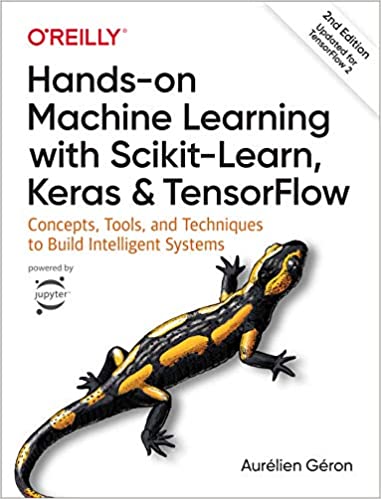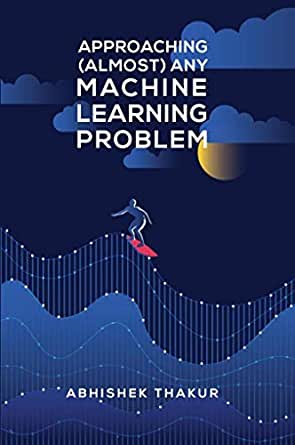Book Reviews and Storytime 📚
Welcome to my library

The simplicity and the colorful cover made me decide to buy this book. I am glad that I purchased this book because as a statistic student this book showed me the real world statistics that textbooks cannot show with their equations and proofs. My favorite story was about a killer disguised as a doctor who killed tens of innocent seniors and his suspicions were confirmed with statistical methods.
Every chapter starts with a really interesting question, for example, "Who was the luckiest person on Titanic?" and answers with a statistical approach. It was delightful seeing concepts like p-value, hypothesis testing, regression and inference playing in real life problems, sometimes comically failing.
I would definitely recommend this book to anyone wondering "I know statistics are useful but where do we see these being used?".
Personal rating: ⭐⭐⭐⭐⭐

This was my first ever machine learning book that I bought because I suddenly got really interested in data science. I remember reading this book everyday and getting excited when I copied-pasted the algorithms shown in the book and they worked.
The book was definetly beginner friendly in the beginning but it becomes really challenging in the later chapters. For example reading about attention mechanism in recurrent neural networks. (I am still confused to this day). The book really shines because it explains everything with pictures and diagrams. Also note they have a Git repository for the book so you can quickly use any machine learning you learn in real life.
I would definetly recommen this book to anyone wanting to learn about machine learning. I wouldn't rely just on the book though, it will be really helpful to take course or other similiar books as well because I find that learning about machine learning is best when you just keep reading and practicing more.
Personal rating: ⭐⭐⭐⭐

O'Reilly always produce pretty cover that it is hard to resist not buying their book. I got interested in generative deep learning because it is one of the big machine learning pieces(generative learning, unsupervised learning, supervised learning, reinforcement learning).
When I was reading this book, I really felt the author really cares about this book and that they took a lot of effort writing this book. I loved its way of explaining deep learning concepts through simple pictures and stories. For example, it compares encoders and decoders as a painter trying to fool a museum owner making him think that the painting is real when it is really fake.
Overall, this book does not answer every question you have since generative deep learning is fairly unexplored area but if you want to quickly learn enough to get yourself started inplementing genrative deep learning models, this is a great book.
Personal rating: ⭐⭐⭐⭐

Kaggle is a great data science online community created by Google. They often hold highly competitive global data science competitions where a small data scientist like myself gain huge amount of experience, often by consuming tiny crumbles of informations and practices from experts. This book was written by one of the biggest giant in the community who have won multiple competitions.
What the book does the best is guiding readers creating their own data science projects. If you ever get stuck in one area, the book gives you clear directions.
If you are a programmer interested in writing machine learning applications, this is a great guide.
Personal rating: ⭐⭐⭐⭐⭐
In this 1963 American tv show, the host Monty Hall proposes a game to the contestant. There are three closed doors. Two of the doors have goats behind them and one of the doors has a fancy car behind it. The contestants get to keep whatever is behind the door they choose. Once the contestant chooses one of the doors, Monty opens one of the unchosen doors showing a goat behind it. Then Monty asks the contestant if he/she wants to change their decision on the remaining two doors. Should the contestant change?
Most people will think the contestant has 1/2 chance of winning. I too thought this way but by switching, the contestant actually doubles their chance of winning. To see this most clearly, consider a similar test with 100 doors instead of 3. Now, once you choose a door, Monty opens 98 other doors showing goats and asks you if you want to switch. Obviously, you should switch to the other door because the original choice had 1/100 chance of winning but the other door is same as having had 99 choices to choose the correct door with 99% chance of winning. So in our original case, the door we chose initially has 1/3 chance of winning but choosing the other door has 2/3 chance. Hence doubling our chance of winning. If you are still not convinced, you can try out yourself here http://www.shodor.org/interactivate/activities/SimpleMontyHall/.
Books:
- Naked Statistics: Stripping the Dread from the Data Book(2012) by Charles Wheelan